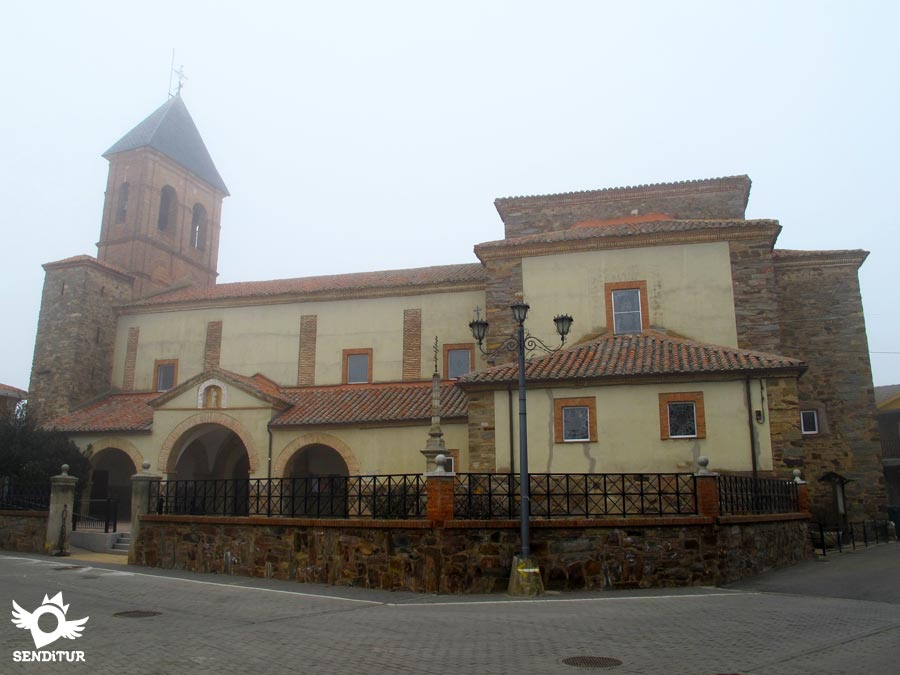It is a village located on the shores of the Órbigo, with a fertile plain, irrigated by canals and dams, where it is cultivated from beet to tobacco without forgetting its rich vegetables and legumes that have a historical record in the village since the twelfth century, and that have supplied the markets of nearby towns, reaching its fame even to the Asturian squares. Villares de Órbigo had a special importance in the Middle Ages when, in addition to being a place of passage on the French Way of Saint James, it was Señorío de los Quiñones, Arciprestazgo de Astorga and Arcedianato de Ribas del Sil.

In Villares de Órbigo the parish church is dedicated to Santiago Apóstol and has beautiful altarpieces; the largest is presided over by an image of the Apostle on horseback and the hat has a pilgrim's shell. The lateral façade of the temple faces the square in which the street where the town hall is located ends. The building of the old schools, the washing place and the fountain are also worth mentioning. Villares de Órbigo and the water have been intrinsically linked for more than 500 years, mute witnesses of this are the flour mills that still exist in the area, some of which are still in operation. You can also see the natural reservoir of the Moral Lagoon, which collects the water that comes down from the mountain and the Big Lagoon, which is located on the Way.
Villares de Órbigo celebrates its patron saint Santiago on 25 July and 30 December celebrates Santiago Mantequero.

In Villares de Órbigo a beautiful tradition is deeply rooted, it is the feast of the fifths. It is celebrated on the night of 14 to 15 August, the young men mark the girls' houses with a bouquet and give them away with sweets and chocolate. The girls give them a tip to make the party and celebrate the dance. In addition, another tradition that lasts in time is that of the day of San Isidro when a May is placed and the patron saint of the farmers is celebrated.
In Villares de Órbigo the Vegetables and Legumes Fair is held in September, turning its streets into a perfect market where the products of the area are exhibited for tasting, promotion and sale. Legumes, vegetables, grapes and even medicinal plants such as mint, chamomile, thyme, rosemary, lemon balm... which are carefully cultivated and harvested by the local people, are the undisputed protagonists of this event.
In the N-120, in the stretch that goes from Hospital de Órbigo to Astorga, we find the access to the LE-420, which from Hospital de Órbigo takes us to the nearby intersection with the local road that leads to Villares de Órbigo. This same road, but in the other direction, reaches the town from the same N-120, joining the town with Villarejo de Órbigo.
Villares de Órbigo has a daily bus service that covers the Astorga-León route.
SENDITUR is not responsible for any variation in the information described, as well as for the misuse of its guides and recommends that everyone be responsible and prudent in carrying out the activity. Likewise, we invite you to document yourself with books and specialized guides to complement the information described. From the commitment of SENDITUR with Nature and the respect to the balance of the environment, SENDITUR urges you to travel in a responsible way, with low environmental impact and respecting at all times the Natural, Cultural and Social environment wherever you go. For any suggestion, SENDITUR invites you to send an email to
Continue watching …